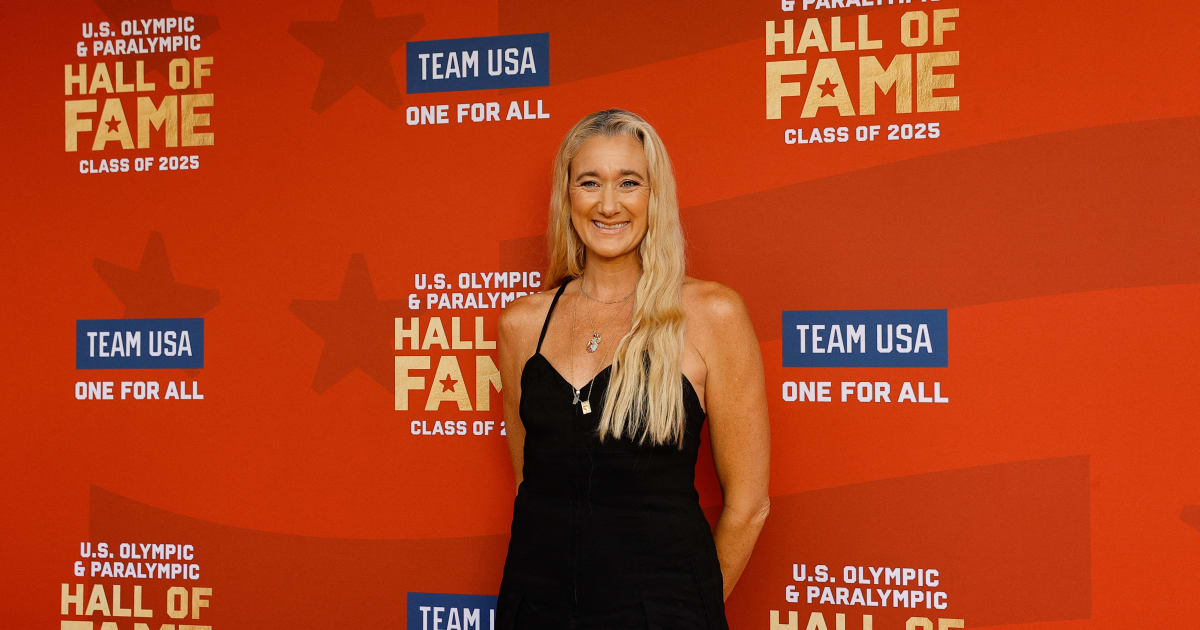Are Latin Makeup Brands Endangering Allergy Sufferers?

Why Makeup and Skincare Ingredients Should Be Listed in English to Protect Allergy Sufferers
In an era where consumer safety is paramount, the debate over the labeling of cosmetic ingredients has taken center stage. Campaigners, including parents of children with severe allergies and several members of Parliament, are advocating for a significant shift: the move from Latin-based ingredient names to English. This change aims to protect individuals with allergies who may find themselves at risk due to the current labeling practices. With less than 5% of young people educated in Latin, understanding cosmetic ingredients is becoming increasingly challenging for the average consumer. This article delves into the implications of Latin-based ingredient names, the potential dangers they pose, and what changes could be made to ensure consumer safety.
The Current State of Cosmetic Ingredient Labeling
Cosmetic companies often list their ingredients in Latin or scientific nomenclature through a system known as the International Nomenclature of Cosmetic Ingredients (INCI). This system, while providing a universal language for manufacturers and regulators, leaves many consumers in the dark, especially those who suffer from allergies. For instance:
- Sweet almond oil is labeled as Prunus Amygdalus Dulcis
- Peanut oil is referred to as Arachis Hypogaea
- Wheat germ extract is labeled as Triticum Vulgare
While some brands are beginning to include English translations of these ingredients, it is not a requirement. This inconsistency creates confusion and potential health risks for consumers, especially those with allergies, as they may struggle to identify allergens hidden behind scientific names.
The Voices of Concerned Consumers
Personal Stories of Allergic Reactions
One of the most compelling arguments for changing ingredient labeling comes from personal anecdotes. For instance, Eve Huang, a mother from Hornchurch, shared her distressing experience when her daughter, Elysia, suffered an allergic reaction to a skin-sensitive body wash. Elysia, who is allergic to multiple allergens including cow's milk and tree nuts, developed hives after using the product. Ms. Huang expressed her frustration over the lack of clear labeling, stating, "A child should not have to take medicine simply for having a bath." Her plea highlights a critical issue: the need for transparency in cosmetic ingredient labeling.
Similarly, MP Becky Gittins, who has a severe nut allergy, shared her struggles in navigating spa products due to Latin terms. "Even on a day that's supposed to be relaxing, I was still mitigating risk," she stated, illustrating the anxiety that allergy sufferers face every day. The fear of anaphylaxis, a potentially life-threatening allergic reaction, looms large for individuals like Gittins who must constantly be on high alert.
The Frustrations of Makeup Influencers
Makeup artists and influencers, such as Amy Loring from Cardiff, have echoed these sentiments. Loring, who has hypersensitive skin, expressed her frustration with the current labeling system, stating, "It is frustrating as a consumer when you get reactions like rosacea, redness, and breakouts." The inability to quickly and easily identify ingredients that may cause adverse reactions complicates the beauty routine for many individuals, creating an environment of uncertainty and discomfort.
The Case for Change: Why English Labels Matter
There are several compelling arguments for transitioning to English labeling for cosmetic ingredients:
1. Enhanced Consumer Safety
Translating ingredient names into English would make it significantly easier for consumers to identify potential allergens. This immediate recognition can be life-saving for individuals with severe allergies. By ensuring that all top allergens are clearly listed in bold or highlighted, companies could take a proactive approach to consumer safety.
2. Educational Accessibility
With less than 5% of young people educated in Latin, the vast majority of consumers are at a disadvantage when it comes to understanding product labels. By using English, brands can create a more informed consumer base, reducing anxiety and promoting confidence in product safety.
3. Consistency with Food Labeling
Cosmetics and food products are both integral parts of our daily lives, and it makes sense for them to adhere to similar labeling standards. The current practice of using Latin names for cosmetic ingredients stands in stark contrast to the clear, accessible labeling found on food packaging. This inconsistency can create confusion and distrust amongst consumers, particularly those with allergies.
4. Global Harmonization vs. Local Understanding
Proponents of the INCI system argue that it provides a universal language that is essential for global trade and consistency. However, the real question is: does this global standard benefit the average consumer? While it's true that knowing the Latin name of an ingredient may be helpful when traveling, the immediate need for safety and understanding should take precedence. Shifting to English names would not negate the importance of global harmonization but would instead enhance consumer understanding across various markets.
Regulatory Perspectives on Ingredient Labeling
The Cosmetic, Toiletry and Perfumery Association (CTPA) has defended the use of Latin names, suggesting that this system supports consistency and clarity in international markets. Caroline Rainsford, the director of science at the CTPA, stated, "For botanical or natural extracts, we refer to the Linnaean system... the reason we refer to that system is to have global harmonization." However, this perspective overlooks the immediate risks faced by consumers who may not understand these terms.
On the regulatory front, UK government representatives have asserted that regulations require all cosmetics to include a full list of ingredients that is clearly marked on the product label. However, the effectiveness of this requirement is called into question when many consumers struggle to interpret Latin names, which can lead to dangerous situations.
Alternative Solutions and Technological Advances
Given the pressing need for clearer labeling, there are alternative solutions and technological advances that can help bridge the gap:
1. Ingredient Scanning Apps
Tools such as the COSMILE app allow consumers to scan product labels and receive instant information about ingredients. This technology can empower consumers to make informed decisions and avoid potentially harmful products. While this is a step in the right direction, it still relies on the need for consumers to have access to smartphones and the willingness to use such technology regularly.
2. Consumer Education Initiatives
Brands and regulatory bodies can collaborate to create educational campaigns that inform consumers about common allergens and how to read ingredient labels effectively. By providing accessible resources, consumers can become more adept at identifying safe products.
3. Improved Labeling Standards
Legislation could be enacted to require all cosmetics to list allergens in English, making it easier for consumers to recognize and avoid potential risks. By establishing clear labeling standards similar to those applied to food products, the cosmetic industry can foster trust and safety among consumers.
Conclusion: The Path Forward for Safer Cosmetics
The call for clearer, English-based labeling of cosmetic ingredients is not just about convenience; it is a matter of safety. As the testimonies of those affected by allergies demonstrate, the current system poses significant risks that can lead to severe health consequences. By advocating for change, we can create a more allergy-friendly world that minimizes risks for consumers.
As we move forward, the question remains: will the cosmetic industry prioritize consumer safety over tradition? The answer could define the future of beauty products and the safety of those who use them.
Frequently Asked Questions
What are the main arguments for changing cosmetic ingredient labeling?
The primary arguments include enhanced consumer safety, educational accessibility, consistency with food labeling, and the need for clear communication over global harmonization.
Why are Latin names used in cosmetic ingredients?
Latin names are used to provide a universal language that ensures consistency across international markets and regulations.
How can technology help consumers with allergies?
Apps like COSMILE allow consumers to scan labels and gain instant information about ingredients, helping them make informed decisions about product safety.
The conversation surrounding cosmetic ingredient labeling is evolving, and the time for change is now. As consumers, we have the power to advocate for safer, more transparent practices in the beauty industry. Are you ready to support this change? #CosmeticSafety #AllergyAwareness #LabelTransparency
Published: 2025-07-12 20:56:06 | Category: wales



